(CLO) Boiling eggs properly is a challenge because the whites and yolks have different compositions, requiring different cooking temperatures to achieve the ideal texture and flavor.
Now, scientists claim to have solved this problem with a technique called “cyclic cooking.” According to new research published in Communications Engineering on February 6, this method involves alternating hot and warm water immersion for the egg, allowing the white and yolk to cook evenly without separating.
The study authors say that cycle cooking not only produces optimal texture and flavor, but also helps retain more nutrients than popular methods like conventional boiling.
"This method makes perfect sense," says Micah Siva, a San Francisco-based chef and nutritionist. "People often forget that cooking is a scientific process. Adjusting the temperature to suit the protein structure in eggs can enhance the quality of the dish."
The best part? You can try it yourself at home. According to Dr. Ernesto Di Maio, the lead author of the study, the experiment didn’t require expensive lab equipment – he did it right in his kitchen. All you need is 32 minutes and a little patience!
The process of boiling a 'perfect' egg
A team led by Dr Ernesto Di Maio, a materials engineering expert at the University of Naples Federico II in Italy, used mathematical modeling and simulation to predict how heat spreads through an egg. This helped them determine the ideal cooking conditions for both the white and the yolk.
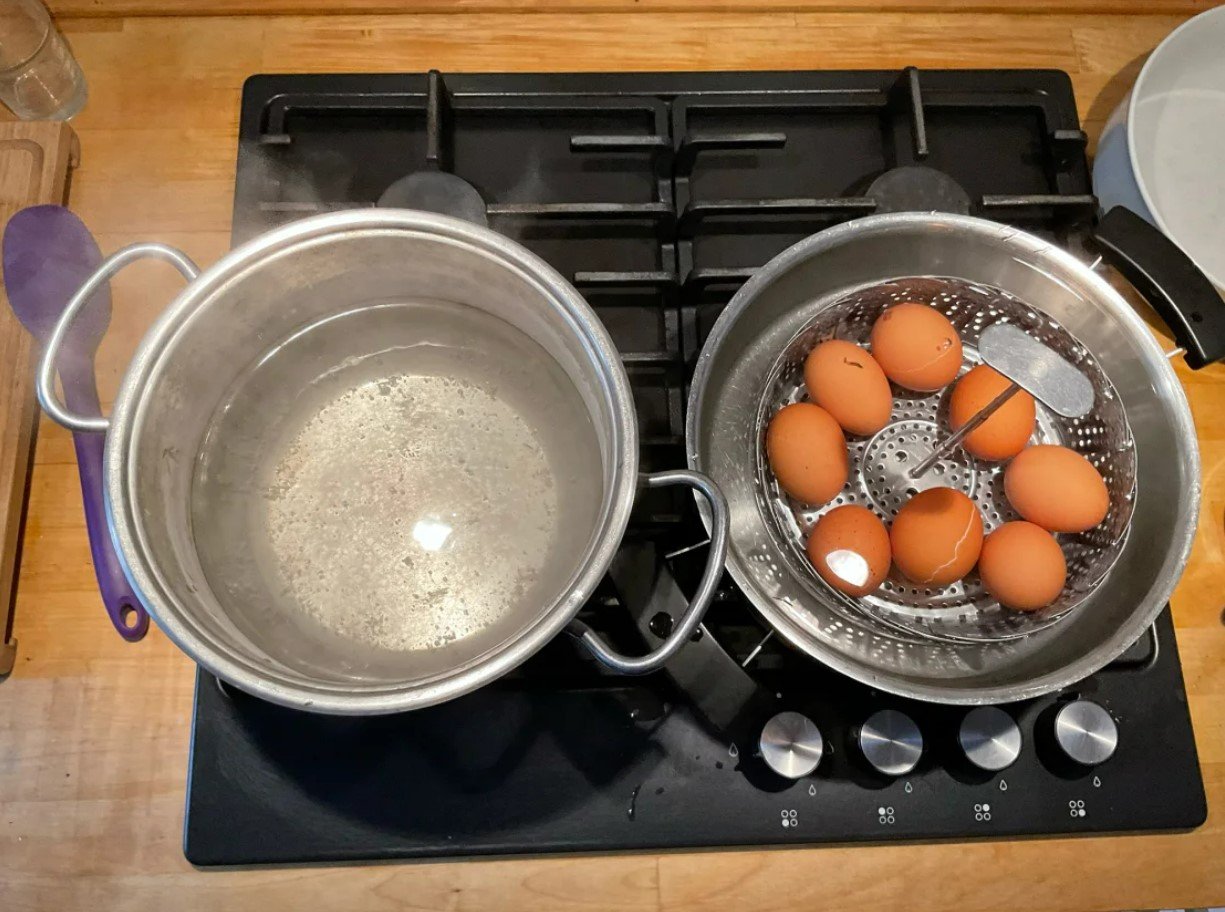
Dr Ernest Di Maio and colleagues tested different egg-boiling techniques and observed the temperature changes in each egg. (Photo: Ernesto Di Maio)
By inputting factors such as water temperature and density, the team optimized the transition time between hot and warm water to achieve the perfect texture.
To test the cyclic cooking method, the researchers used a pot of tap water heated to the desired temperature. Food thermometers were placed in both the hot and warm water to ensure uniformity throughout the cooking process.
Unexpected results
They cooked eggs using four methods: hard-boiled, soft-boiled, sous vide, and the cycle cooking technique.
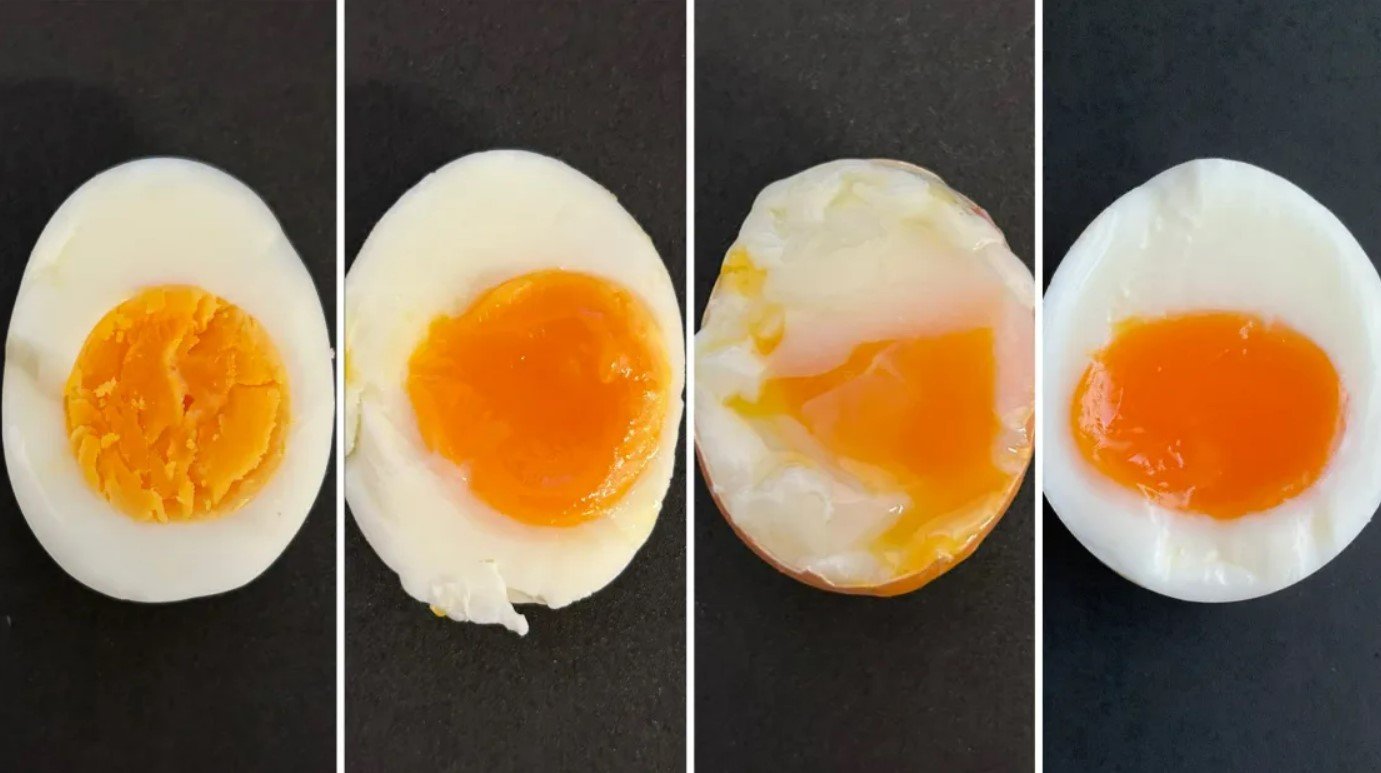
Different egg-boiling techniques shown (from left): hard-boiled, soft-boiled, sous vide, cycled. (Photo: Ernesto Di Maio)
For the cyclic cooking method, scientists alternated dipping eggs in boiling water at 100 degrees Celsius and warm water at 30 degrees Celsius for two minutes. This cycle was repeated eight times over 32 minutes.
While traditional methods cause the internal temperature of the egg to rise continuously, the cyclic method maintains a steady yolk temperature of 67°C, while the white fluctuates from 87°C to 100°C in hot water and 30°C to 55°C in warm water. This heat distribution helps both the white and yolk achieve optimal texture.
While the method is scientifically sound, nutritionist Micah Siva notes that spending 32 minutes boiling an egg may not be practical for many busy people.
Ha Trang (according to CNN)
Source: https://www.congluan.vn/luoc-trung-khong-de-cac-nha-khoa-hoc-vua-phat-minh-ra-phuong-phap-hoan-hao-post335198.html











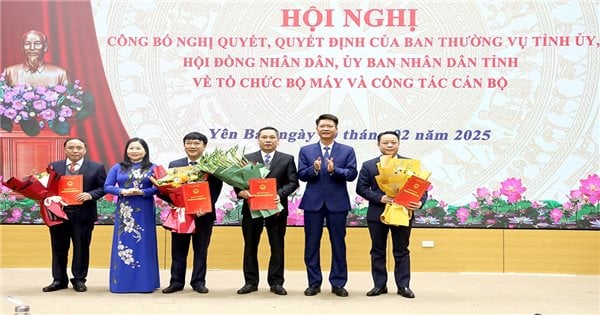









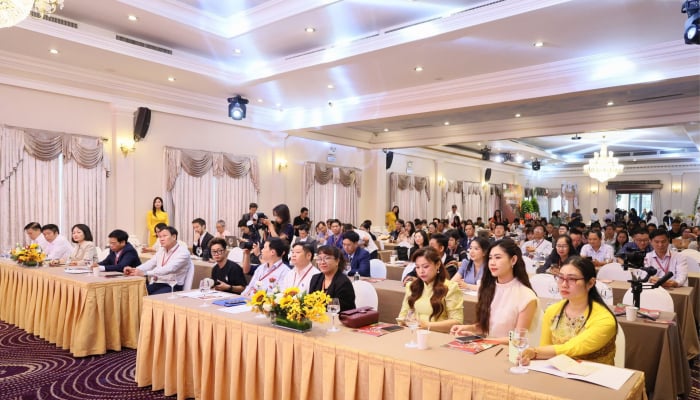




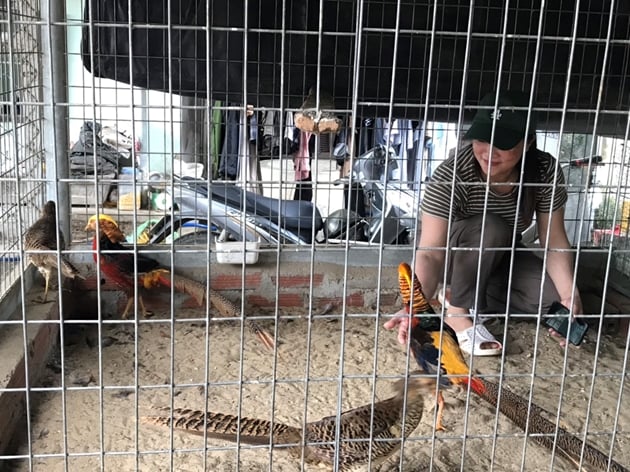








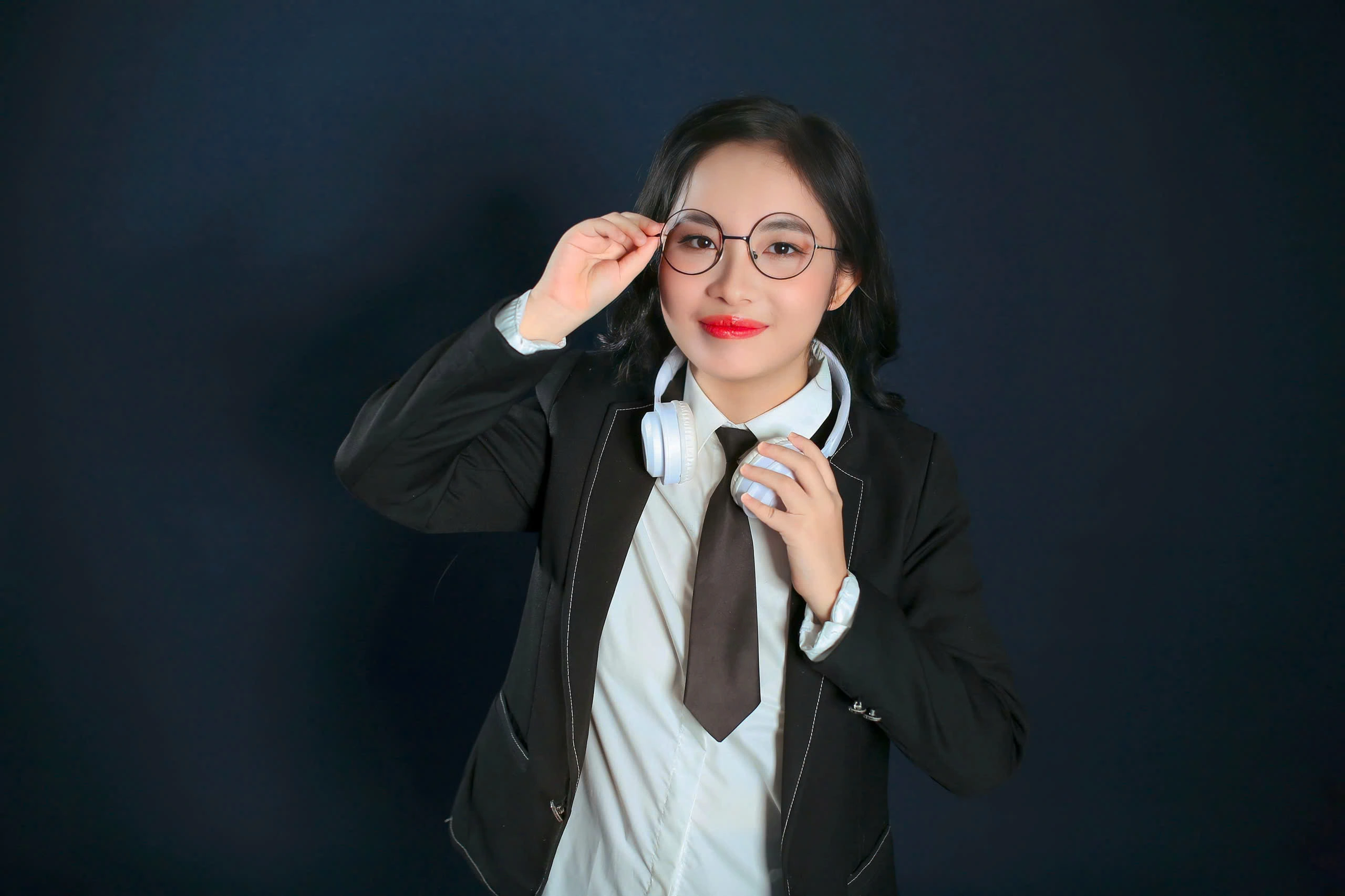


Comment (0)